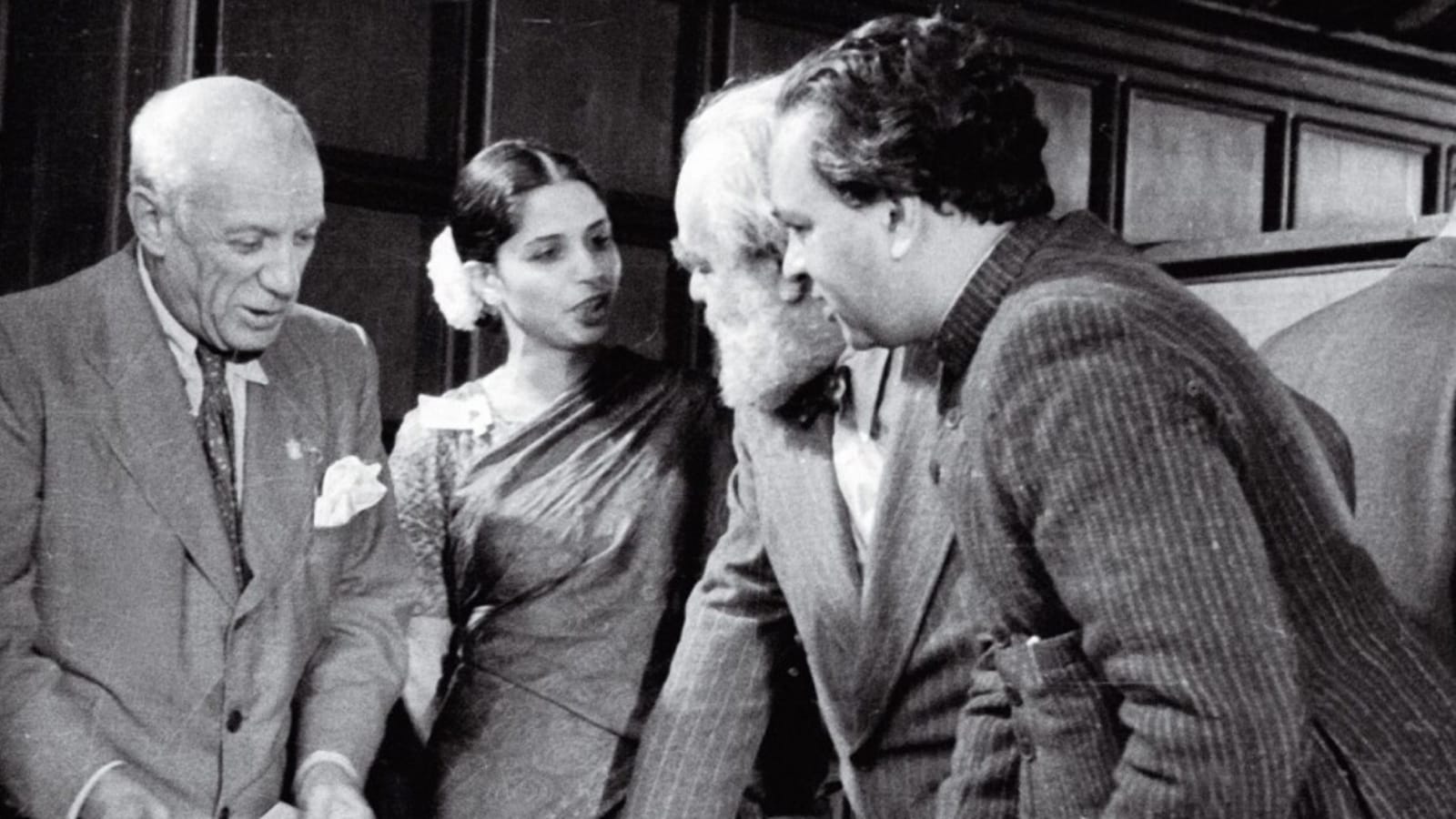In the landscape of architectural history, Minnette de Silva’s name often fades into obscurity, overshadowed by her more renowned contemporaries. Yet, her legacy stands as a testament to resilience and innovation, challenging the norms of her time as the first woman architect in Sri Lanka. As we commemorate Women’s History Month, it’s essential to delve into her remarkable journey and the impact she left on the architectural world.
A Trailblazer Ahead of Her Time

Architectural Innovation and Social Impact
De Silva’s architectural philosophy extended beyond mere structures; it embraced the essence of community and sustainability. Through projects like the Watapuluwa housing complex, she redefined the notion of government housing, blending modern materials with traditional craftsmanship. Her designs harmonized with the natural environment, fostering a sense of belonging and functionality among residents.
Championing a Forgotten Legacy
Despite her groundbreaking achievements, Minnette de Silva’s contributions often languished in the shadows of her male counterparts. The narrative of her life is rife with struggles against marginalization and neglect, yet her brilliance shines undiminished. Today, as we reflect on her journey, it’s imperative to honor her legacy and amplify her voice in the annals of architectural history.
